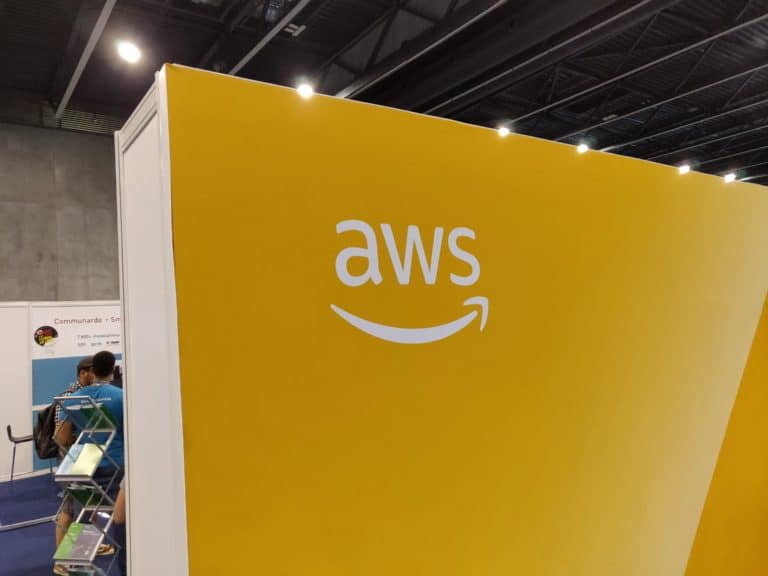Amazon Web Services (AWS) has made High Memory EC2 instances available to users who run intensive in-memory databases, such as SAP HANA. The High Memory EC2 instances offer 6, 9 or 12 TB of memory. Next year there will also be options for 18 and 24 TB, says Silicon Angle.
In-memory databases put complete datasets in RAM, bringing them closer to the enterprise applications they talk to. With High Memory EC2 this should be made possible.
According to Jeff Barr, Chief Evangelist at AWS, several enterprises have asked for this position. Until now, however, it has not been possible. The best alternative until now was to run in-memory databases on-premises or in a data centre. However, this requires extra networking, which makes the whole more complex and creates more latency.
High Memory instances allow users to run their in-memory databases in the same Virtual Private Cloud as the storage, networking, analytics, IoT and machine learning services they connect to. This should reduce latency and make it easier to manage.
Big question
According to analyst Holger Mueller of Constellation Research, there is a great demand for these instances, because enterprises are increasingly moving applications to in-memory databases. As a result, larger platforms are required to accommodate the load. “SAP Hana and the SAP apps that run on it are a very demanding use case, because they all store data in-memory.”
The extra memory available through the new instances gives Amazon a chance to remain the main enterprise partner for continuing to run S/4HANA and BW/4HANA workloads, according to Mueller. “Enterprises do not need to make capital expenditures for these platforms, because they can operationalize them as operational expenditures through AWS.
However, there is a good chance that there will be competition for this type of in-memory workloads. For example, Google said earlier this year that it would increase support for SAP HANA and other workloads on its own cloud platform. This would do it with the forthcoming Optane DC persistent memory from Intel.
This news article was automatically translated from Dutch to give Techzine.eu a head start. All news articles after September 1, 2019 are written in native English and NOT translated. All our background stories are written in native English as well. For more information read our launch article.